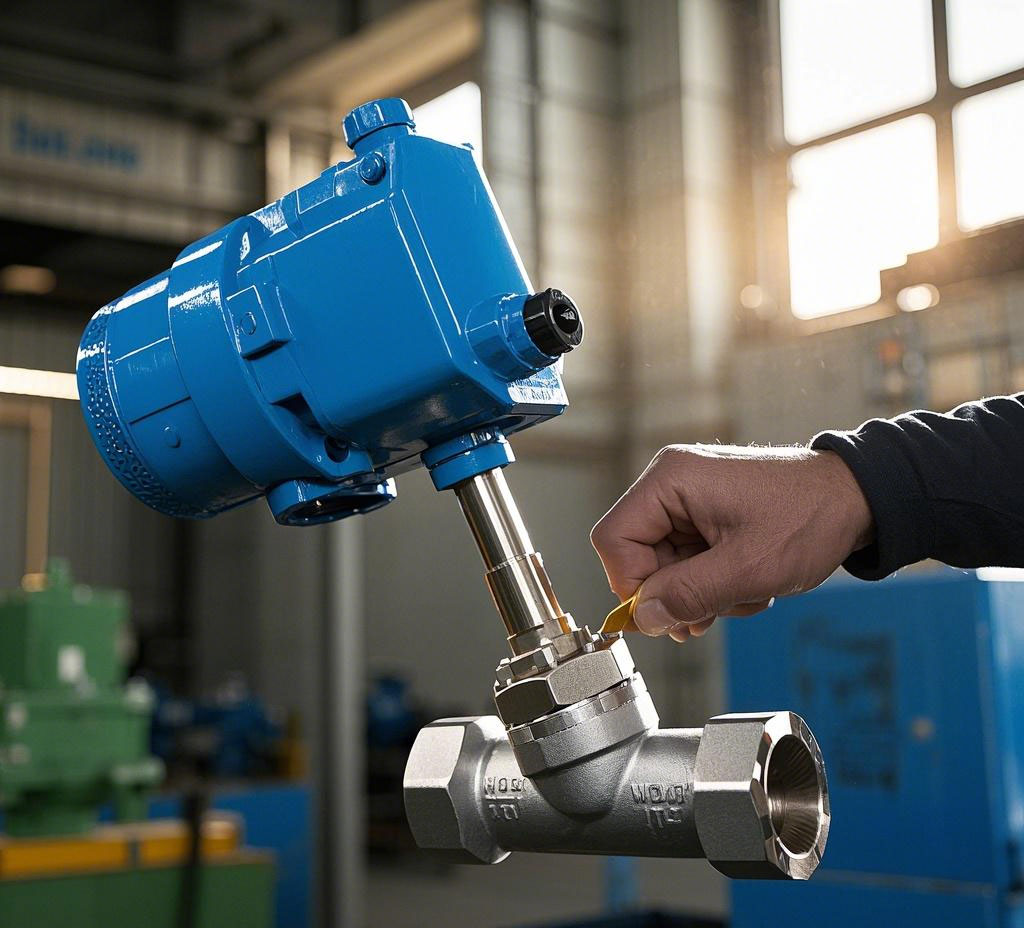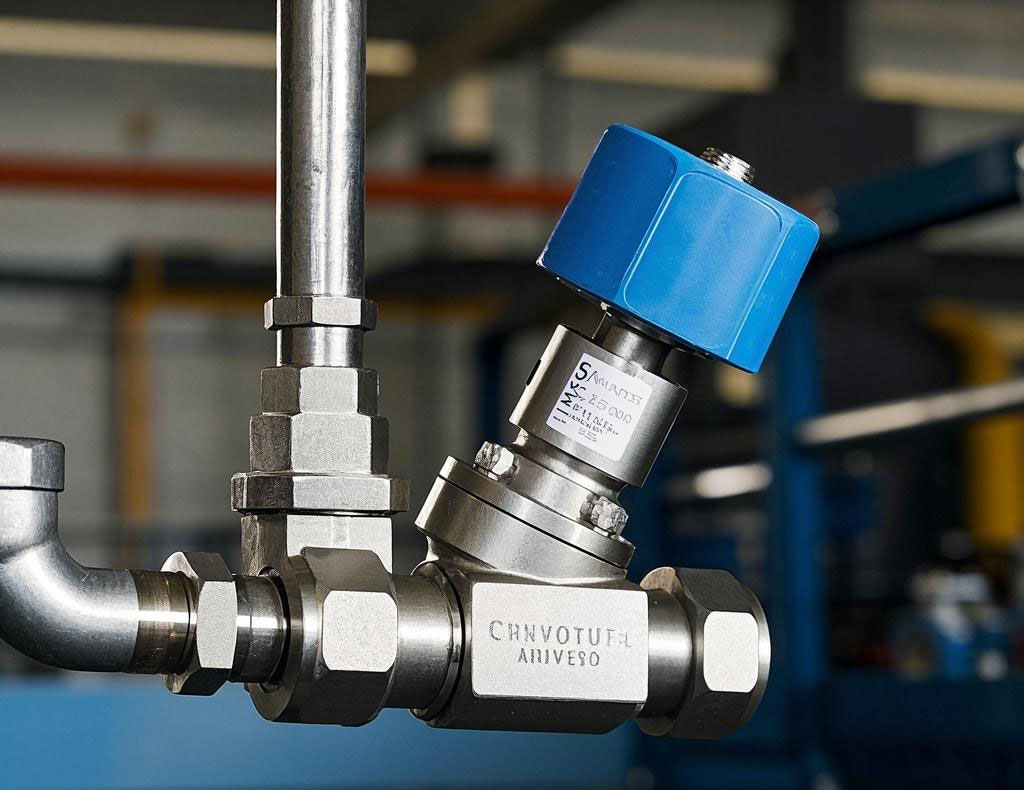Guided angle seat valves: the experts in precise flow management for pneumatic control
In modern industrial processes, precise control of the flow of gases and liquids is essential. To meet this need, guided angle seat valves have been developed to operate with a single-acting pneumatic actuator with spring-loaded safety protection, making them a handy aid to flow management.
The unique design of the guided angle seat valve allows the user to select either a normally open or normally closed state for different application scenarios. These valves are widely used in applications that require frequent actuation for short periods of time, such as automatic control systems on production lines. Its ability to maintain the flow rate not only helps to save valuable space, but also ensures the accuracy and stability of flow control.
With their responsive and accurate action, angle seat valves are used in conjunction with solenoid valves to achieve precise control of gas and liquid flow rates. Whether in heating systems where accurate temperature control is required, or in chemical reactions where precise dripping of liquids is needed, angle seat valves can bring their unique advantages into play. Particularly in moist heat sterilization cabinets, angle seat valves achieve accurate temperature control by precisely controlling the amount of steam, ensuring the reliability and safety of the sterilization process.
Notably, the angle seat valves are made of cast stainless steel and PTFE materials, making them resistant to most gases, liquids, steam, and corrosive media for a wide range of applications. In addition, the valves are equipped with a heat sink to protect the pneumatic actuator, extending the life of the product.
When discussing the working principle of angle seat valves, we have to mention their single-acting and double-acting types. The pneumatic head of a single-acting angle seat valve is usually an orifice, which utilizes spring reset to open and close the valve. According to the preset state of the spring, angle seat valves can be categorized into normally open and normally closed types. On the other hand, double-acting angle seat valves usually have a pneumatic head with two holes, which controls the opening and closing of the valve by feeding air. In order to meet the demand for more precise control, double-acting plus spring reset configuration can also be selected to achieve more precise control effect.
In summary, guided angle seat valves play an important role in industrial flow management due to their unique design, wide range of applications, and precise control capabilities. Whether it’s a production line that requires frequent start-ups or a heating system that needs precise temperature control, angle seat valves provide a reliable solution. When you choose a guided angle seat valve, you are choosing efficient, accurate and reliable flow management.
What is an angle seat valve


